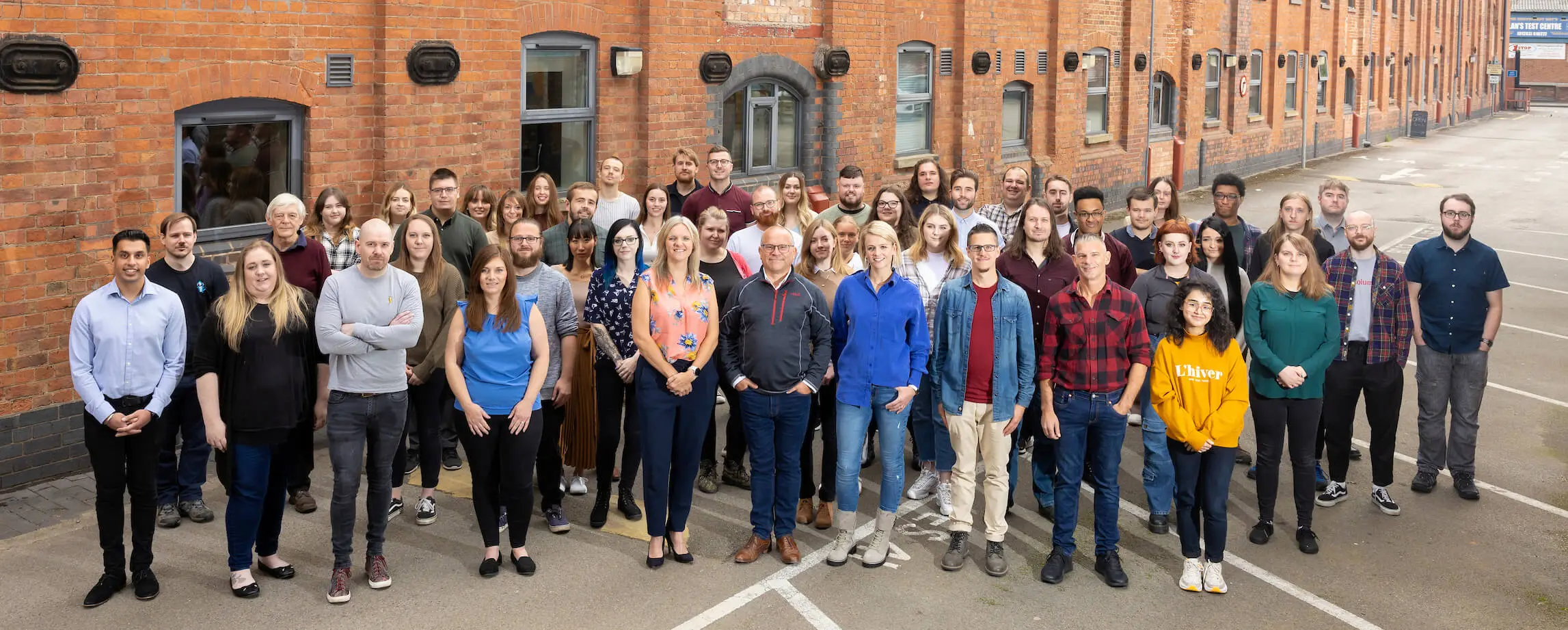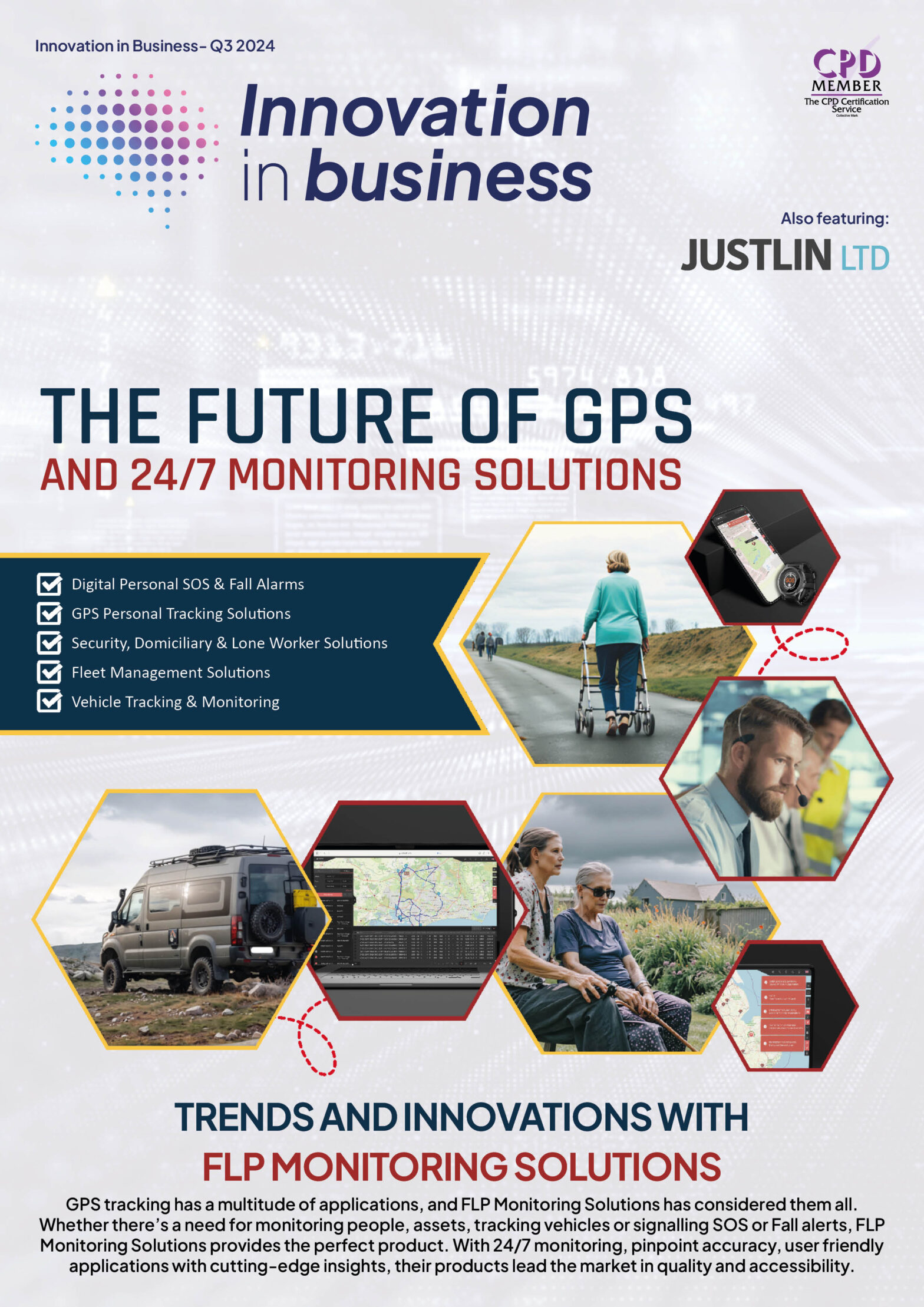

Technology is vital for increasing efficiency and streamlining processes, but introducing tech for tech’s sake can disrupt the harmony of an organisation, according to Courtney Kunzig, Industry Solutions Manager, Accounting at M-Files
When it comes to technology, business confidence is increasing, and more and more CEOs are realising that the effective implementation of tech solutions is an actionable way of building competitive advantage.
Recent research shows that business decision-makers are growing increasingly open to the possibilities technology presents − 94% of UK companies are comfortable with technology taking charge of decision-making and autonomous planning with little or no human involvement.
There’s a wide array of technology readily available across the board. However, to be successful, organisations must do their due diligence prior to tool selection and implementation. There is a balancing act at play. The businesses that achieve successful digitisation will not be those who bring the most tech on board, but instead involve the right stakeholders to bring on the right tech.
So, what steps can companies take to digitalise operations without compromising the harmony of the organisation?
Know your business inside out
Throughout times of operational or digital transformation, the bedrock of an organisation lies in its core values. It becomes paramount for businesses to ensure a seamless alignment between the values they advocate and the values they actively embody in practice. During these transformative times, leaders need to mitigate unnecessary change by protecting the business’s core values. Business leaders should have a crystal-clear outline of their brand identity before a technological overhaul begins, so that they know precisely which characteristics must survive the transition and put measures in place to preserve them.
Businesses should also audit their brand pillars to determine which are merely communicated to the wider company and which are really put into practice. Suppose a certain value is no longer critical to the company’s identity. In that case, decision-makers may be less inclined to defend it or even introduce new policies to elevate its status.
Ultimately, this first stage of transformation is all about understanding the company’s defining features and which are most important. This knowledge will guide the process and stakeholders whenever new technology is considered.
Don’t automate a flawed process
Automation plays a big part in any digital transformation project in modern business. Government figures published earlier this year reported that 13.3% of companies were facing employee shortages, so any steps decision-makers can take to help staff do their jobs more quickly and efficiently should be explored.
However, automation can negatively impact business performance when the process is automated prematurely. To identify which processes should be automated, firms must create a list of processes that are standardised and repeatable. These are the best candidates for automation. Automating processes that have not already been perfected manually can result in a costly and time-consuming endeavour.
If organisations use the right technology to automate their standardised processes, this will further refine their results by reducing the risk of manual error. For example, in the accountancy industry some firms are introducing workflows that automate otherwise manual processes like submitting documents for review and approval. Not only does this remove the onus from the staff to keep track of the status of approvals, this helps firms meet compliance standards by ensuring all sign-off activity is automatically recorded in an audit trail.
This outlines the importance of refining processes prior to automation, or ensuring the technology implemented will deliver the necessary procedural improvements by minimising human error.
Keep employees in the loop
Once a business has identified the need for a new tech solution, organisations should establish processes to involve all relevant stakeholders and obtain feedback. When employees feel included, they are more likely to align with the company culture which will increase employee retention for firms. It is also critical to get feedback from those closest to the ground to get a full picture of which areas require improvement. This will also create buy-in resulting in wider spread and faster adoption.
To create buy-in, business leaders should start by creating channels to open two-way lines of communication. Leaders need to be prepared to clearly explain their long-term vision and next steps to employees to begin collecting relevant user stories. In a world where AI and digitisation can be misunderstood, managers must convey that this is being done to support workers in their current roles, rather than replace them altogether.
Comprehensive training on new systems is also integral to digital transformation. Employees who feel comfortable and confident using new tech are far more likely to embrace it and approach its use with enthusiasm.
Such measures improve employee experience and empower staff to approach transformation with commitment.
Plan, adopt and educate
Businesses can break down digitisation into three crucial stages: planning, adoption, and education. Planning will help companies understand the tech that best suits their needs, adoption allows organisations to prepare processes for automation and education keeps employees onside throughout the digital transformation journey.
Following these three stages is integral to delivering brand continuity in the face of significant change and building competitive advantage without diluting what made the company great in the first place.

You might also like

Technology
25 March 2025
Ransomware-As-A-Service Variants on the Rise With Critical Infrastructure Providers at the Greatest Risk

Business Advice
25 March 2025
Claims Processing Automation: How Insurers Can Cut Costs and Improve CX

Technology
18 March 2025
Secret Signs Your Internet Security Has Been Compromised






















